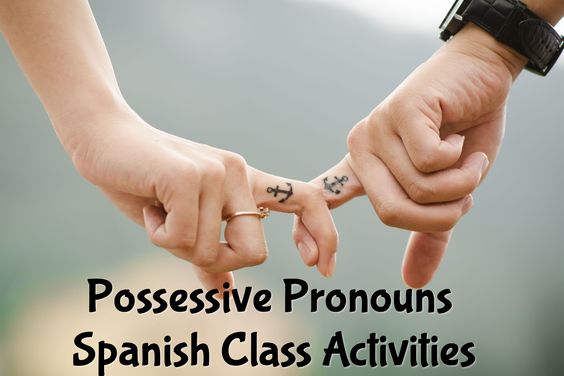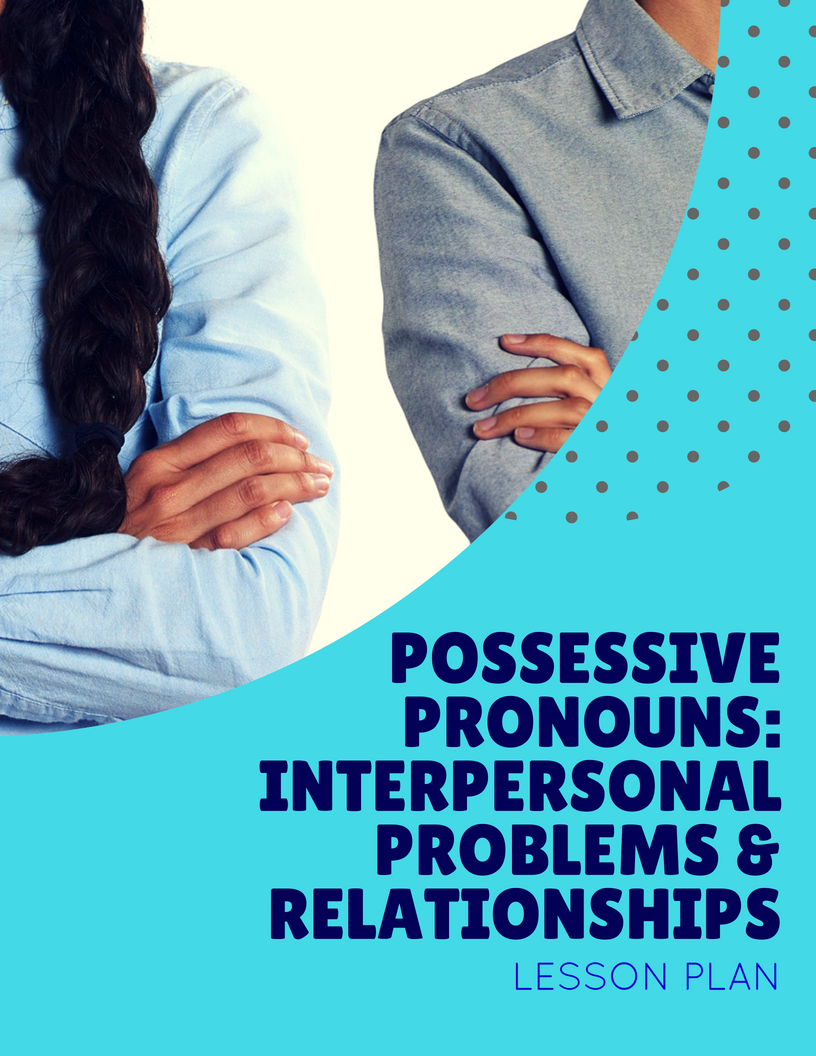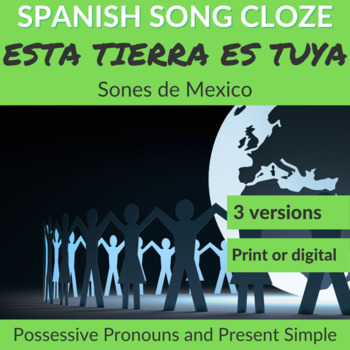
Possessive pronouns in Spanish are words that indicate possession or ownership of something. These pronouns agree in gender and number with the noun they refer to, and they replace the noun in the sentence.
Some examples of possessive pronouns in Spanish are “mi” (my), “tu” (your), “su” (his/her/its/your – formal), “nuestro/nuestra” (our), and “suyo/suya” (theirs/yours – formal).
For instance, “Mi casa es grande” means “My house is big”, where “mi” is a possessive pronoun that replaces the noun “casa” (house). Similarly, “Nuestra fiesta será divertida” means “Our party will be fun”, where “nuestra” replaces the noun “fiesta” (party).
Before learning possessive pronouns in Spanish, a student should have a basic understanding of the following:
- Nouns and their gender: In Spanish, nouns have a gender, either masculine or feminine, which affects the use of possessive pronouns.
- Personal pronouns: Students should be familiar with the personal pronouns in Spanish and how they are used.
- Possessive adjectives: Possessive adjectives are similar to possessive pronouns and are used to show ownership or possession of an object. Students should be familiar with possessive adjectives before moving on to possessive pronouns.
- Basic sentence structure: Students should have a basic understanding of sentence structure in Spanish, including the use of subject-verb-object order.
- Vocabulary: Students should have a basic vocabulary of common nouns in Spanish so that they can use possessive pronouns correctly.
Overall, while a solid understanding of these concepts is helpful, it is possible to learn possessive pronouns without an in-depth knowledge of all of them. With practice and repetition, students can improve their Spanish language skills and develop a more advanced understanding of the language.
Possessive Pronouns Spanish Lesson Plan, Song, and Resource Sheet
 Possessive Pronouns: Interpersonal Problems and Relationships Lesson Plan for Spanish 3 – Students learn about possessive pronouns and talk about possession. They also learn vocabulary related to relationships.
Possessive Pronouns: Interpersonal Problems and Relationships Lesson Plan for Spanish 3 – Students learn about possessive pronouns and talk about possession. They also learn vocabulary related to relationships.
Lesson Summary
At the end of the lesson, the students will have learned possessive pronouns to talk about ownership and vocabulary related to interpersonal relationships. Through oral and written activities and interaction with their peers, the students will have used the pronouns and interpersonal relationship vocabulary in context.
- Presentational Speaking – I can use a variety of possess pronouns in my speaking to express ownership.
- Presentational Writing – I can use a variety of possess pronouns in my writing to express ownership.
- Interpersonal Communication – I can use possessive pronouns in conversation to express ownership of items.
- Interpretive Listening – I can understand when possessive pronouns are being used to express ownership.
- Interpretive Reading – I can identify and understand when possessive pronouns are being used to express ownership.
Esta tierra es tuya by Sones de Mexico – Possessive Pronouns – This digitally fillable Spanish song cloze activity includes three versions, the video link, and a short artist bio. Choose the version that is most suitable for your student’s level.

